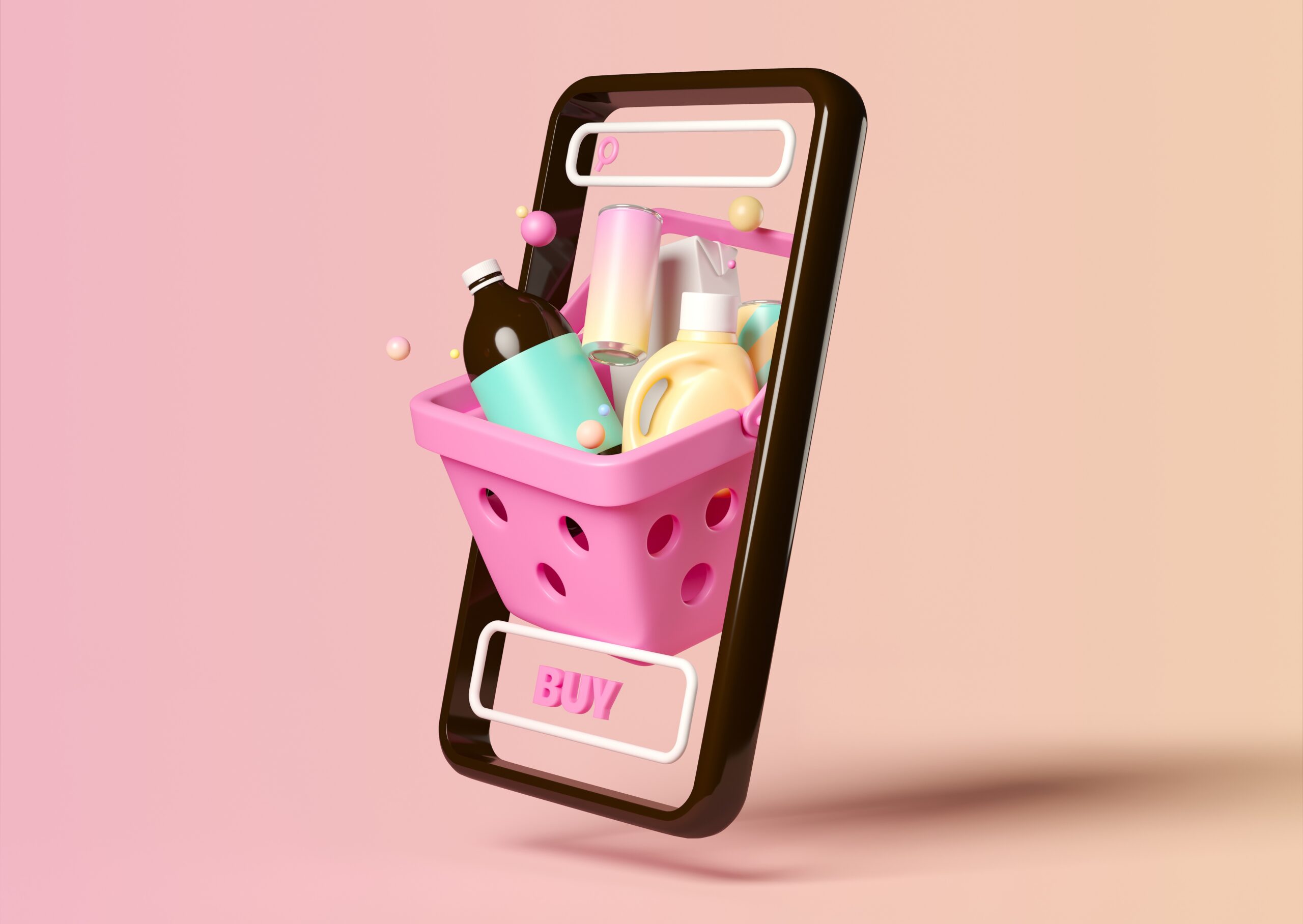Nothing makes you realize just how much your shopping habits change quite like going to a mall. I recently went to a mall in my hometown I hadn’t been to in nearly a decade, and found myself in a strange liminal space of nostalgia and acute stress. As a teen, I loved being a mall rat, roaming, sitting in massage chairs at the Sharper Image, and mostly window shopping after I blew my $20 on arcade games, lip gloss, and cheap earrings that made my ears itch.
Perhaps it’s because I have less time to kill in general or maybe it’s because I prefer to see every possible option of a shirt I’m looking for before buying, but the nature of shopping has changed so much and so quickly over the years—and it will continue to change. Retailers have been forced to pivot to suit consumer needs, but there are still some things that remain the same.
A recent study by Klarna, the “buy now, pay later” fintech company, set out to understand the future of retail, and what exactly today’s consumers are expecting from their retail experiences going forward. (Coincidentally Klarna just announced the launch of a virtual shopping tool for online retailers). While technology, virtual experiences, and AI will certainly continue to shape retail, there are some things that will probably always stay the same.
In-Store is still in style
While online retail has fundamentally changed how people shop, consumers still want that in-person, in-store experience. In fact, Klarna’s study found that 69% of consumers still prefer going to a physical store over shopping in virtual reality and 58% believed they’d still prefer the store in 2041. There’s something about the social aspect of shopping IRL that keeps us coming back; and not just because strolling through aisles is much easier on the eyes than endlessly scrolling.
People want their in-person experiences in stores to be “worth” the trip. 56% of respondents wanted the overall shopping experience to be more personalized, and that includes in-person shopping. Consumers want unique experiences, not “bland, generic shopping experiences,” as the study put it. And this will require more than having an Instagrammable wall or mirror in the store.
Bridging the URL and the IRL
One way to create a unique in-store experience, that keeps consumers in the space while providing that personal experience is to leverage the power of augmented reality, or AR. According to a Deloitte study, 88% of medium-sized businesses have already used or are testing the use of AR in some capacity. Sephora uses AR to allow customers to virtually try on makeup. Warby Parker uses AR so people can see what they look like in various pairs of glasses without actually having to put them on. Nike Fit uses AR to improve show sizing accuracy. Coach used an “AR mirror” in their Tabby campaign, allowing customers passing by the storefront to see how they looked with a model of their Tabby bag. The experience also let the customers adorn themselves with other virtual accessories, including designs and even butterfly wings—while this didn’t necessarily sell a product, it added another level to the experience and made for the kinds of visuals people want to post on Instagram.
Understanding how your brand can utilize AR to create a hybrid experience that makes online shopping feel a bit closer to in-store shopping and also makes in-store shopping that much more engaging is how to create lasting relationships with shoppers. But tech can go too far; consumers are not ready to go all in on robots being part of the retail picture. Per the study, “When offered the option of a robot to help with measurement, 31% said they’d leave the store, 33% were still on the fence and unsure, whilst 37% were ready and looking forward to it!”
Incorporating tech is not about having the most cutting-edge gadgets to impress your clients and customers. It’s about meeting your clients where they’re at and giving them a special experience that they can’t get at home. The Klarna study points out that the most important thing to consumers has probably been the most important thing since the dawn of retail: fit. Consumers just want their clothes to feel comfortable and fit perfectly. Having a personalized measurement system and making sure that the measurements online and the measurements in-person line up are small but powerful ways to keep customers coming back.
Buying on a budget
Unfortunately, the eternal threat of a recession is still looming, living costs continue to increase, and the US personal savings rate has been historically low (it was at 4.6% in February, having risen from a 15-year low of 2.7% last year). We are still feeling the ripples of the pandemic, which has hugely impacted our shopping tendencies.
According to the National Retail Federation’s Snapshot of Consumer Shopping Habits in 2023, more and more consumers are heading to discount stores to help stay within budget. Other budget-friendly strategies include: going for store brand products, shopping for sales more often, and even taking fewer shopping trips, opting to do more comparative shopping online. The study also found that women were most likely to use these strategies to be more price conscious, which tracks, considering the gender pay gap is still taking a toll on women as are caregiving responsibilities, which disproportionately impact women.
While being able to meet customers where they’re at (online) is crucial, creating more special and personalized in-person shopping experiences can help customers feel like they’re getting more bang for their buck. Further, while customers want to save some money, they also want to save the world by reducing, reusing, and recycling. Overall, the Klarna respondents were invested in eco-friendly clothing. A third hoped that more stores might offer a buyback program and just under a third of respondents expressed desire for rental options, a great way to cut down space and waste.
Conclusion
The era of spending a day at the mall might be behind us but the in-person shopping experience is as relevant to consumers as ever. Using tools like AR to create a personalized shopping experience that is unique to your brand and most importantly helps customers find the perfect fit can be a game changer for retail.
About the author.
Sam Mani writes about work, creativity, wellness, and equity — when she’s not cooking, binging television, or annoying her cat.



